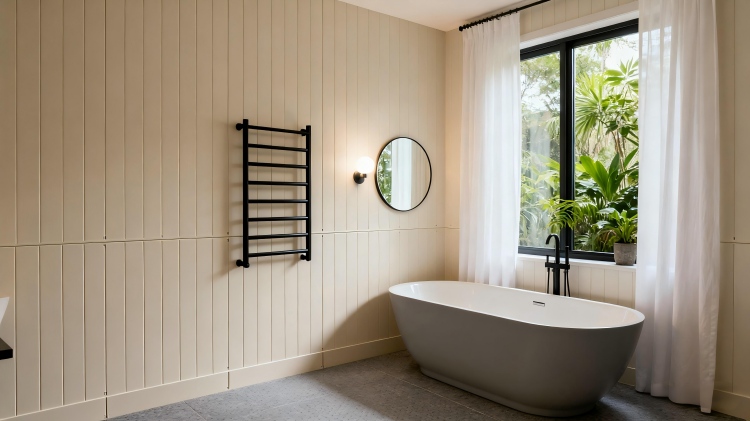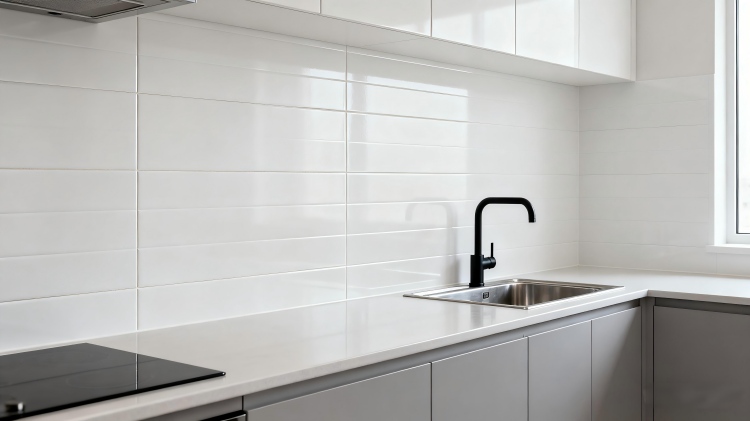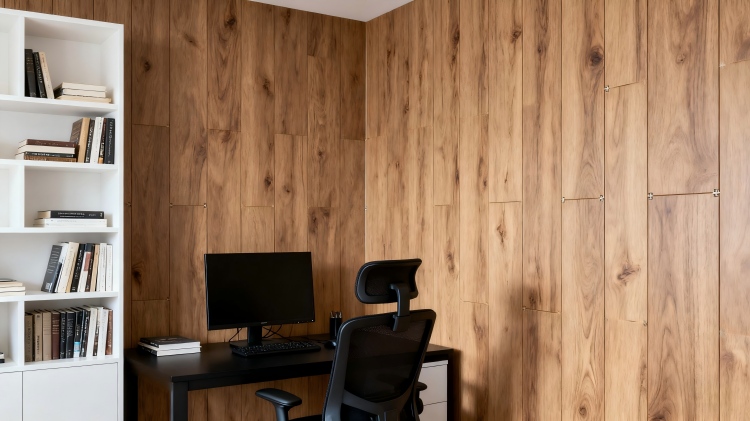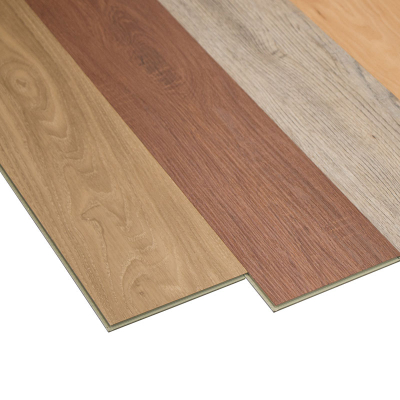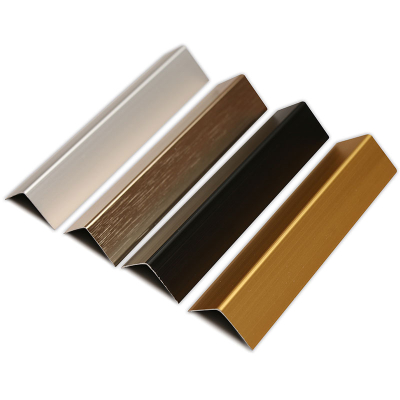What is the best type of wall panel?
一.Several Key Criteria for Judging "Good or Bad"
Water and moisture resistance: This is the bottom line. Especially in places like bathrooms and kitchens, the materials must be able to resist water vapor and splashes; otherwise, they will grow mold and cause endless trouble in the future.
Durability and sturdiness: Are the wall panels scratch-resistant and impact-resistant? Can it last for many years without breaking down? This is especially important for families with children and pets.
Fire safety: Good materials can prevent the spread of fire and buy time for escape.
Environmental protection and health: Nowadays, more and more people are concerned about whether materials are non-toxic and harmless. Will it release harmful chemicals into the air? This is crucial for families with allergic constitutions or children.
Installation cost and difficulty: This includes the price of the materials themselves and the labor cost of hiring workers for installation. So a material that is easy to install can save a lot of money.
Beauty and cleanliness: Does it look nice? Is the surface easy to maintain? Can it be cleaned just by wiping it?
Next, let's use this "scoring table" to take a look at several mainstream wall panels on the market.
二. The "Best Stage" for Different Wall Panels
1.The best choice for bathrooms and shower enclosures
The core requirements here are waterproofing and mold-proofing.
The King's Choice: Tiles + cement boards
Why it? When professionally decorating a shower enclosure, a layer of cement board will definitely be nailed to the wall first, and then tiles will be pasted on it. This combination is the industry's gold standard.
Advantages: The tiles themselves are 100% waterproof, with an extremely hard surface that is scratch-resistant, fire-resistant, and very easy to clean. Cement boards are the "foundation stones" that will never be damaged by water.
Disadvantage: It is the most expensive, especially in terms of labor costs, as tiling is a very time-consuming and meticulous job.
Suitable for: Families with a sufficient budget, who pursue a one-time solution and a lifetime of use.
Cost-performance choice: PVC wall panels
Why it? It is the most powerful alternative to ceramic tiles. For many rental houses and old houses that need to be renovated quickly, PVC boards are the first choice.
Advantages: It is completely waterproof by itself, and the installation speed is extremely fast (a bathroom can be completed in one or two days). The total cost of materials and labor is much lower than that of tiles. The surface has no seams, making it less likely to accumulate dirt and grime.
Disadvantages: The texture is not as high-end as that of ceramic tiles, it is afraid of being scratched by sharp objects, and its fire resistance is average (good products are difficult to burn, but not as good as the non-combustible level of ceramic tiles).
Suitable for: Homeowners with limited budgets who want to renovate quickly, or those who are DIY enthusiasts themselves.
2. The best choice for kitchen walls (splash-proof walls)
The core requirements here are oil resistance, high-temperature resistance and easy cleaning.
Classic and practical choice: Tiles
It is also the first choice. The reasons are similar to those in the bathroom: easy to clean, not afraid of oil stains, and the area beside the stove is not afraid of high temperatures.
Modern industrial choice: stainless steel plates or tempered glass
Advantages: Seamless, absolutely waterproof, extremely easy to clean, and very durable.
Disadvantages: High price, prone to leaving fingerprints, and rather cold and hard style.
3. The best choice for living rooms, bedrooms and studies
The core demands here are beauty, warmth and environmental friendliness.
Economic foundation choice: gypsum board + paint/wallpaper
This is the most common way of building interior walls in European and American families. Gypsum board itself is not beautiful, but it can be used to create very smooth walls and ceilings. Then you just need to paint or wallpaper on it.
Advantages: The lowest cost, the highest flexibility (color can be changed at will), and very mature construction.
Disadvantages: Afraid of water, low hardness, and prone to bumps and dents.
Warm and high-end choice: Wood veneer panels/ecological boards
This kind of board has a wood-grain imitation film on its surface, which looks very warm and natural.
Advantages: High appearance quality, can enhance the texture of the home, and is easier to install than tiles.
Disadvantage: It is rather afraid of water. Use with caution in damp areas. Be sure to buy products with a high environmental protection grade (ask the merchant if they have NAF or CARB P2 certification) to avoid excessive formaldehyde.
4. The best choice for balconies and basements
It might be rather humid here with a large temperature difference.
Professional outdoor choice: Fiber cement board
This is an extremely sturdy material, not afraid of sun exposure, rain, insect infestation, and has top-notch fire resistance. It is commonly used as the exterior wall of buildings abroad and is also very suitable for damp basements or enclosed balconies.
Disadvantages: It requires professional tools for installation, is relatively heavy by itself, and usually needs surface treatment (such as painting).
三. Summary and Final Suggestions
Not short of money and seeking peace of mind: For wet areas (kitchen, bathroom), simply use tiles. It's a safe choice. The dry areas (living room, bedroom) can be painted with gypsum boards or good wood veneer panels.
If your budget is tight or you want to renovate quickly: Strongly consider PVC wall panels for wet areas. They can achieve a very good effect at the lowest cost.
Environmental protection and health come first: No matter what you choose, especially for boards and coatings, be sure to ask clearly about the environmental protection grade. Abroad, people attach great importance to certifications such as GREENGUARD (in the United States) or Blue Angel (in Germany). In China, you can also check whether there are similar environmental protection marks.
DIY by yourself: PVC boards and painting are the easiest to handle, but tiling is strongly not recommended.
There is no "best" wall panel in the world that can handle all situations. "Best" entirely depends on where you spend it, how much your budget is, and what you value most.

